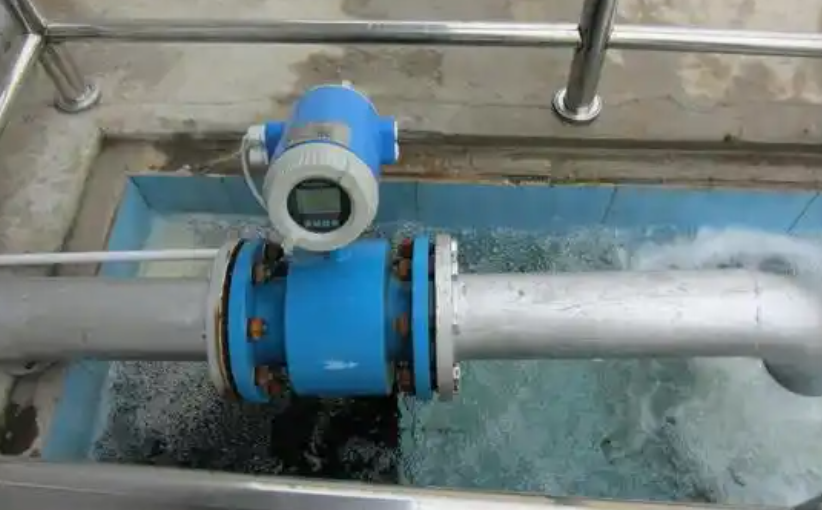




In industrial production, liquid flow meter measurement must be accurate, and the working conditions are different. In most cases, ideal measurement conditions cannot be achieved. For example, for the selection of liquid phase, ideal measurement conditions require that the measured liquid medium is pure clean liquid. There are three factors in the physical properties of liquid flow meter that will cause output fluctuations. They are: the conductivity of the liquid is close to the lower limit; the liquid contains solid particles or bubbles; the two liquids in the two-component liquid have different conductivity and are not evenly mixed, or the pipeline chemical reaction has not been completely completed. 1. If the liquid conductivity is close to the lower limit, there will be shaking. Because the lower limit specified in the manufacturer's instrument specification is the lowest value that can be measured under various good conditions, and the actual conditions are not always ideal. Sometimes, when measuring low-degree distilled water or deionized water, the conductivity is close to the lower limit of 5×10-6S/cm specified in the textile sewage flow meter specification, but the output shakes during use. It is generally believed that the lower limit of conductivity that can be stably measured is 1 to 2 orders of magnitude higher. The conductivity of liquid can be found in relevant manuals. If there is no ready data, samples can be taken and measured with a conductivity meter. However, sometimes samples taken from the pipeline are taken to the laboratory for measurement and are considered to be usable, but the actual textile wastewater flow meter cannot work. This is because the liquid when measuring conductivity is different from the liquid in the pipeline. For example, the liquid has absorbed CO2 in the atmosphere to produce carbonic acid or nitric acid, which changes the conductivity. For noisy slurries containing particles or fibers, increasing the excitation frequency can effectively improve the output shake. 2. If the measured liquid contains a lot of solid particles, it will act like bubbles, causing spike pulse noise in the flow signal, resulting in output shaking. If the solid phase is powdery, it will usually not cause output shaking. In the fine chemical industry, food industry, pharmaceutical industry and water treatment projects, liquid medicine is often added to the liquid, and the liquid medicine is usually injected by a reciprocating pump or a diaphragm pump in proportion to the main liquid flow rate. After the liquid medicine is injected, the main liquid presents a series of segments separated by liquid medicine segments and liquid-free segments. If the two liquids with different conductivity are not mixed evenly, the output of the textile sewage flowmeter measuring the flow rate downstream will show shaking. In this case, the liquid addition point should be moved downstream, or the textile sewage flowmeter should be moved to the liquid addition point downstream, or the textile sewage flowmeter should be moved to the upstream of the liquid addition point; if it is limited by the site conditions or the modification project is too large, a mixer can be installed downstream of the liquid addition point to remedy it. However, after the static mixer is installed, the liquid flow will produce a rotating flow, which may cause an additional error of 1% or more. However, compared with the inability to measure the output shaking, it is a measure to weigh the lesser of two disadvantages. 3. If the mixed liquid enters the textile wastewater flow meter for measurement before the chemical reaction in the pipeline is completed, the output may also fluctuate. In this case, the only way is to change the measurement point position, so that the measurement position is upstream of the mixing point or far away from the downstream of the mixing section. However, the distance between the mixing sections needs to be very long.